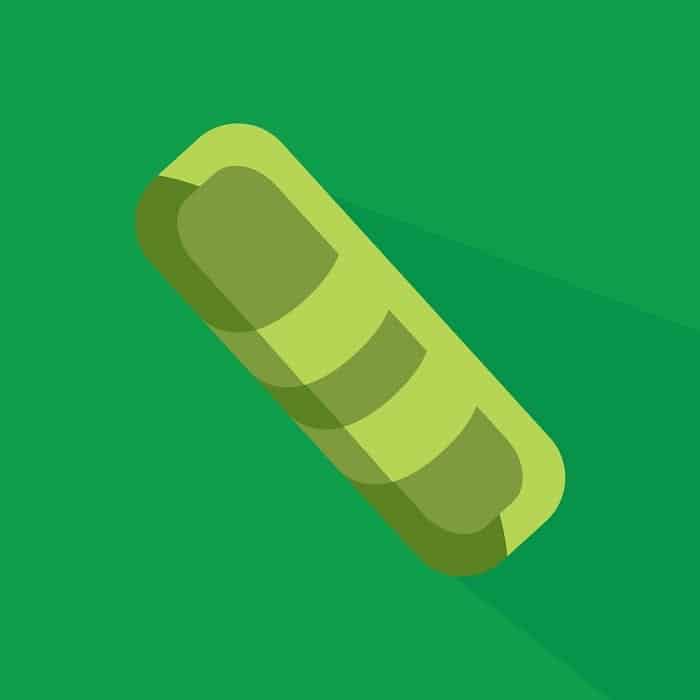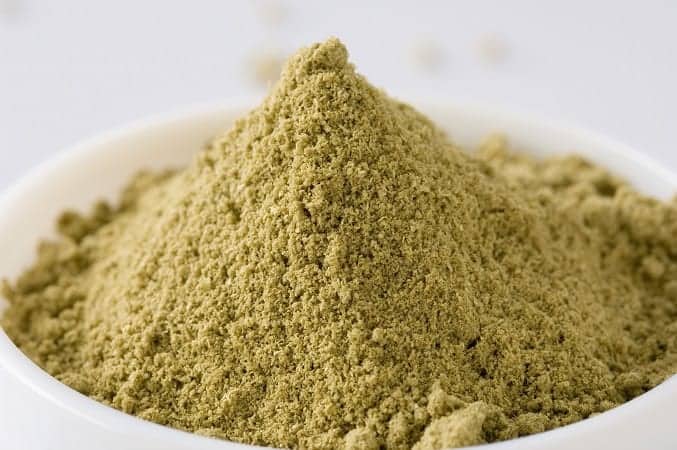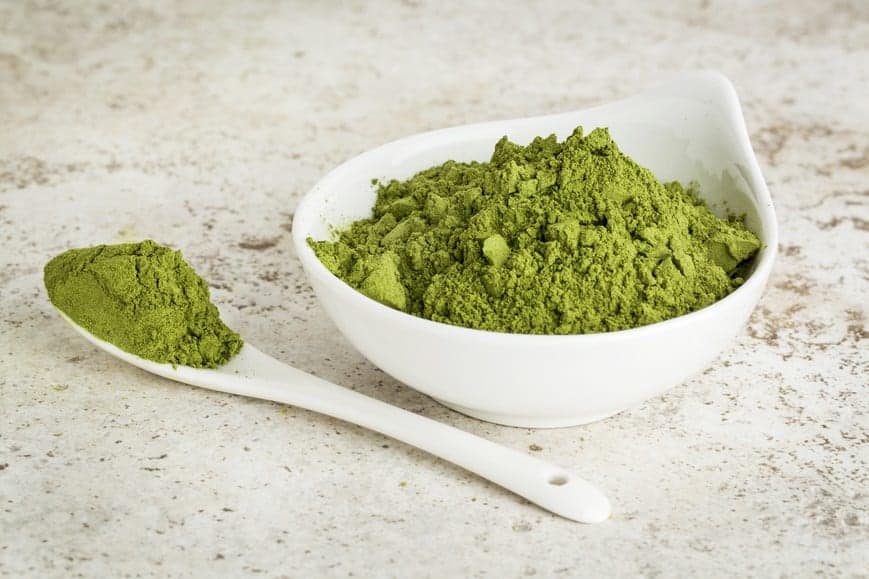What Is Kratom?
Kratom is a poorly understood but very controversial drug among those who are familiar with it. Many people use kratom as an alternative to prescription opioids for treating pain. Others use kratom as an alternative to methadone/buprenorphine to treat heroin withdrawal and opioid addiction. But the majority of the population is still wondering what it is, whether it’s safe, and if it really lives up to all its advertising claims about curing opioid addiction, ending chronic pain, and treating depression. We’ll discuss what kratom is, where you can find kratom for sale, kratom’s effects, and the evidence from both sides of the debate about whether it should be used as a medical treatment. Kratom is a small tree that grows in Southeast Asia that is a distant relative of coffee plants. The people of Thailand have chewed kratom for hundreds of years. However, more recent concerns about long-term kratom use led the country of Thailand to pass a law making kratom use illegal. Users describe kratom as tasting bitter or tart. Kratom can be sold as dried leaves, an extract, a gum, as capsules, or in e-liquids. The most popular way to use kratom in the United States is to drink it as a tea, although people also chew, vape, and smoke it. Regardless of who you ask, kratom certainly does have some psychoactive properties, and they are beneficial enough to lead to increased kratom use in the US. Although its active ingredients (mitragynine and 7-hydroxymitragynine) have a very different shape and structure from opioids (like opium, heroin, or oxycodone), they connect to and activate (aka “turn on”) the same structures in the brain as opioids do. Research is exploring whether kratom also activates the serotonin pathways in the brain, which are the same ones targeted by SSRI antidepressants like Prozac or Paxil. Several patents have been initiated in the United States for pharmaceutical companies to try to develop kratom-based medications, but kratom currently is not approved for any medical use.
Other Names for Kratom
The scientific name for this species is Mitragyna Speciosa. Slang terms include the following:
- ketum
- herbal speedball
- herbal heroin
- biak
- kakuam
- thom
- thang
- mambog

Kratom’s Legal Status in the United States
In the United States, people fall on all sides of the debate over whether or not kratom offers any medical benefits, and kratom’s legal status reflects the confusion. Some states have completely banned it, and other states have not even attempted to regulate its use. The US Army has also banned kratom use altogether. The DEA has currently scheduled it as a Drug of Concern on the federal level. To see if you live in a state that prohibits kratom use, you can look at this list. 
Where Is Kratom Sold?
Occasionally, you can find a bar or a vape shop dedicated to selling kratom tea for consumption onsite, often along with kava, oxygen, and e-liquids. The owners of more reputable places will ask customers if they have any history of addiction before selling them kratom. However, not all owners of kratom bars are this thoughtful, and people in recovery who are uneducated about kratom can find themselves suddenly facing heroin or opioid cravings after drinking the tea. In states where kratom is legal, it is often marketed as a dietary or herbal supplement. Otherwise, it can also be sold in a headshop with other herbal products labeled as “not for human consumption”. It’s easy to purchase kratom online, although often those products are smuggled in from Asia illegally and may not be properly labeled. Kratom is not sold by prescription anywhere in the United States.
Getting High on Kratom: What’s It Like?
Depending on the amount taken, kratom has different effects. Keep in mind that every person is unique, so the way that their brain processes a drug may vary as well. Also, kratom might impact people who don’t use drugs in a different way from those who regularly use opioids (and then immediately switch over to kratom). Below are the most common symptoms (both positive and negative) of a kratom high for low to moderate doses. A low to moderate dose of kratom is considered to be 1 – 5 grams of dried leaves.
- Increased energy and alertness
- Constipation
- Pain relief
- Tongue feeling numb
- Mild euphoria
- Increased sex drive
- Sweating
- Nausea/vomiting
- Irritability
- Feeling more sociable
- Anxiety
- Easily sunburned
- Itching
- Cough suppressant
- Loss of appetite
- Dry mouth
Kratom doesn’t appear to cause the same intensity of euphoria and withdrawal symptoms as opioids. Accordingly, most researchers think that kratom is less addictive than the other opioids. In animal studies conducted to look at the addiction potential of kratom, mice developed tolerance more slowly to kratom than they do to opioids, meaning that it took them longer to become addicted to the kratom. 
Is Kratom Safe?
Kratom is definitely not safe for children and adolescents. Kratom is often not safe for adults who are combining it with prescribed or over-the-counter medications (even when they are taking these medications as prescribed). The medical field understands so little about kratom that it’s a guessing game to figure out which medications may cause a dangerous interaction when combined with kratom. But is kratom safe for adults who are not currently taking any opioids, over-the-counter, or prescribed medications? Answering this question is even more complicated. High doses of pure kratom can cause symptoms like seizures, hallucinations, dangerously fast heart rate, coma, and liver damage. Several deaths have been reported following kratom use, along with hundreds of phone calls to poison control centers about bad side effects. Kratom is addictive, even if it’s not as strongly addictive as opioids. So, if you’re an adult without any history of opioid addiction, and you’re looking for a safe, recreational, non-addictive substance to use for stress relief or to get high, kratom is not your solution. However, if you already have an addiction to opioids or suffer from chronic pain and are trying to self-medicate, keep reading on. One of the most concerning problems to sort out when trying to determine whether kratom is safe lies in the lack of regulation. Since there is no oversight, anyone can package any number of chemicals or dried plant leaves and sell them with the label “kratom”. Unless you’re a botanist or a chemist, it’s impossible to determine whether the product in your hand (or in your teacup) is actually kratom and whether anything else has been added to it. This problem is exacerbated by the fact that kratom naturally grows overseas and is often then transported to the United States, changing hands (and possibly labels) many times on the way. Because kratom is not always labeled, it’s difficult to know how concentrated any given sample is, which makes it difficult to dose it safely. Unfortunately, some dealers dilute the amount of kratom in a bag/pill with other dried plant material, or they cut kratom with toxic substances. Until kratom has some type of rules put in place by a third-party regulatory agency, you’re not going to know what you’re getting when you purchase it in public. Even if you have found a reputable, pure form of kratom, researchers disagree on whether it causes respiratory depression. Respiratory depression, or slowed breathing, is the main problematic symptom that leads to overdose deaths following opioid use. Many argue that if kratom were legalized and regulated, it may be safer than opioid replacement therapies like methadone, which has a comparatively high potential for overdose. However, some pain specialists argue that kratom can cause an overdose. Perhaps most concerning, researchers are worried that naloxone may not be effective in reversing a kratom overdose. Opponents of kratom also argue that there is no real medical value found in kratom that isn’t better served by a medication already proved to be safe and on the market.
Kratom To Treat Opioid Addiction
Although kratom is used for many ailments, its most popular use is to treat chronic pain, depression, anxiety, and opioid addiction. We’ll focus most of our attention on whether kratom can serve as a safe alternative to opioids. Given the many risks of self-treating with kratom, Northpoint Recovery does not endorse the use of Kratom currently, as it is not FDA approved to treat addiction. Kratom proponents claim that the drug is an effective method to treat opioid addiction. Because kratom acts on some of the same receptors in the brain as opioids, people who want to self-treat their pain-pill or heroin addictions often opt to use kratom as their replacement drug. Research is limited on whether or not this actually works, but new studies are continually being conducted. Addiction treatment professionals are concerned that kratom could serve as a gateway drug to opioid addiction – in other words, people who previously had no problems with opioid use may try kratom and eventually graduate to more intense drugs like prescription opioids or heroin. Harm-reduction advocates argue that if kratom were developed into a standardized, safe medication, then using it to treat opioid addiction would be no different than taking buprenorphine or methadone. When opioid replacement therapies (like methadone and buprenorphine) are used most effectively, they are combined with counseling and relapse prevention plans. So just using kratom to replace addiction to heroin may work for some people for a little while, but they also run the risk of triggering a relapse. To illustrate, one user shares her experience with a kratom-induced relapse in a 2016 New York Times article. If kratom is approved for opioid addiction treatment in the future, education and therapy will need to be given at the same time. In summary, kratom is not going to be the cheap substitute for addiction rehab that many folks are looking for. Some individuals use kratom to treat the withdrawal symptoms following relapse to heroin or prescription opioids. Again, research on whether this is effective is very limited. From a biological standpoint, it makes sense, as kratom’s effects are a very mild version of opioids’ effects. But emergency medicine doctors are seeing ER visits from individuals trying to self-treat opioid withdrawal with kratom – and then having seizures. Whether these seizures are caused by kratom alone or kratom mixed with other drugs remains to be seen. Regardless, people need to beware that kratom could trigger cravings and a second opioid relapse while trying to get rid of withdrawal symptoms from the first relapse. 
The Future of Kratom
More medical research and clinical studies using kratom are needed to determine how effective and safe kratom will be for treating chronic pain and opioid addiction. The American Kratom Association and many users claim that kratom is an effective remedy for depression and anxiety. These advocates state that they would prefer to take it over a prescription medication like Valium or Klonopin. Confusingly, anxiety can actually be a reported effect of kratom use for other people, most likely when they take too high of a dose or suddenly stop taking it. Future research is needed before anyone can make statements as to whether kratom could someday be used to treat anxiety or depression. If kratom is someday proven to be effective for treating any of the above disorders, a few things would need to happen in order for kratom to become a safe product. First, it would need to have some marketing regulations, including restricted access so that children and teens cannot easily access it at headshops, gas stations, and convenience stores (where it is currently being sold). Next, all of the chemicals in each pill or bag of dried leaves would need to be regulated to ensure quality control, so that users can be sure that they are getting just pure kratom in the correct doses. Also, research would need to determine what other medications cause dangerous effects when combined with kratom, and this information would need to be easily available to the public. Last, kratom would need to be combined with substance abuse treatment before it becomes a good option for treating opioid addiction. In the meantime, the risks of using kratom seem to outweigh the benefits. Kratom is certainly being used as an alternative to opioids, but whether or not it is a safer option remains to be seen. If you are concerned that you may already have an addiction to kratom, you can take our online drug addiction quiz to get further information. Addiction treatment for kratom use is available, and people do recover from it.
